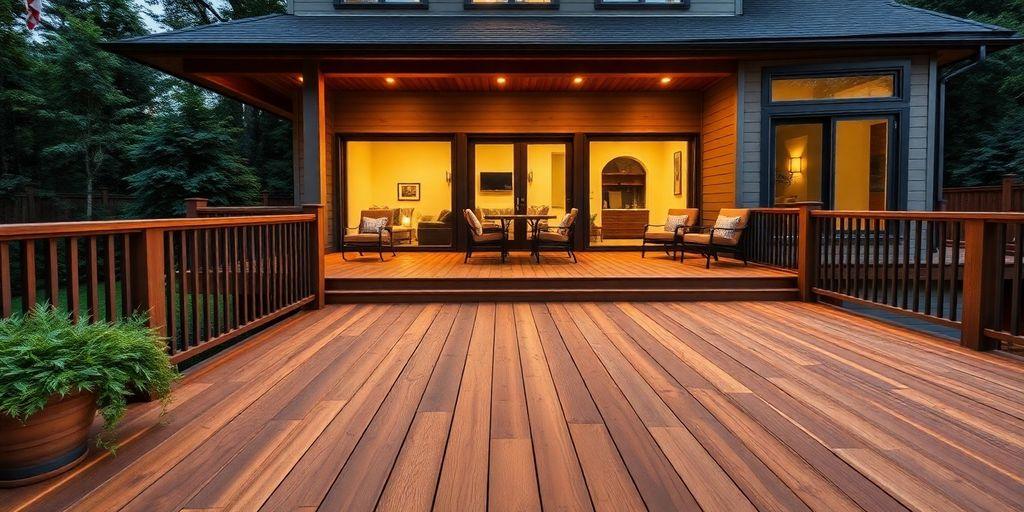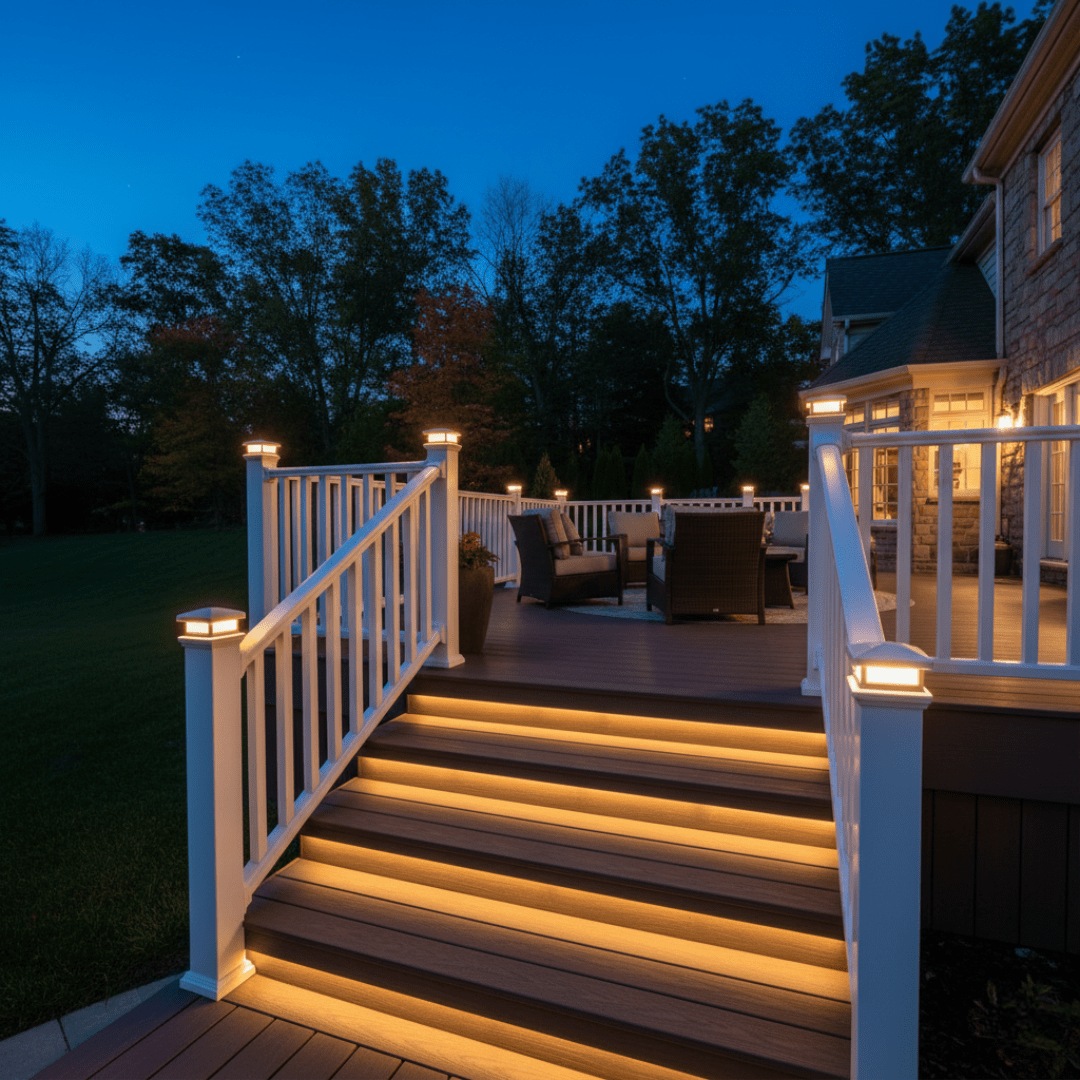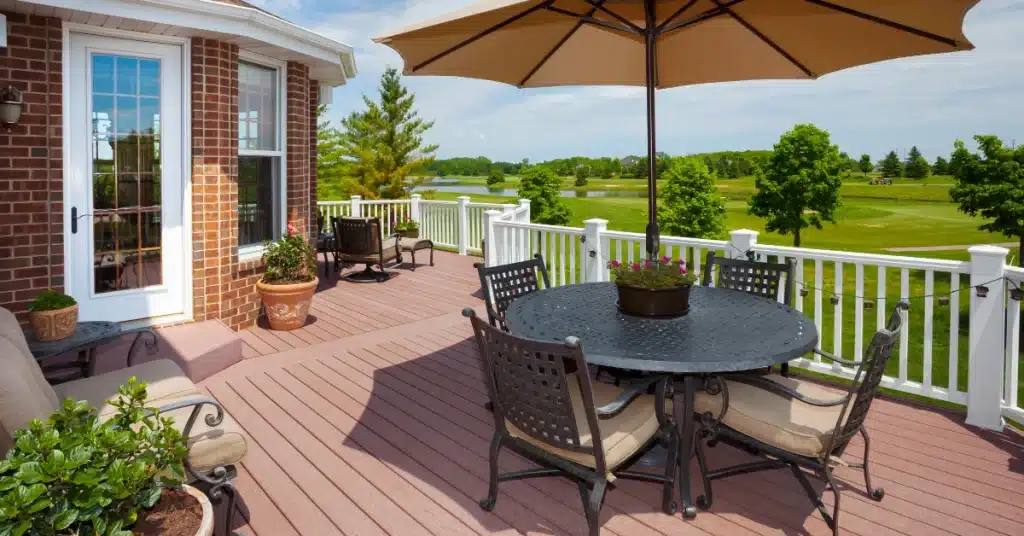Building a new deck is an exciting prospect. It’s a space for summer barbecues, quiet morning coffees, and creating lasting memories with family and friends. But that excitement can quickly fade if the project is plagued by errors. A poorly constructed deck isn’t just an eyesore; it can be a serious safety hazard.
As local deck builders in Pennsylvania, we’ve seen our fair share of well-intentioned DIY projects and jobs from less-experienced contractors that have gone wrong. The good news is that these issues are almost always preventable. This guide will walk you through the most common deck building mistakes we see and, more importantly, how to avoid them. By understanding these potential pitfalls, you can ensure your outdoor living space is built right, the first time.
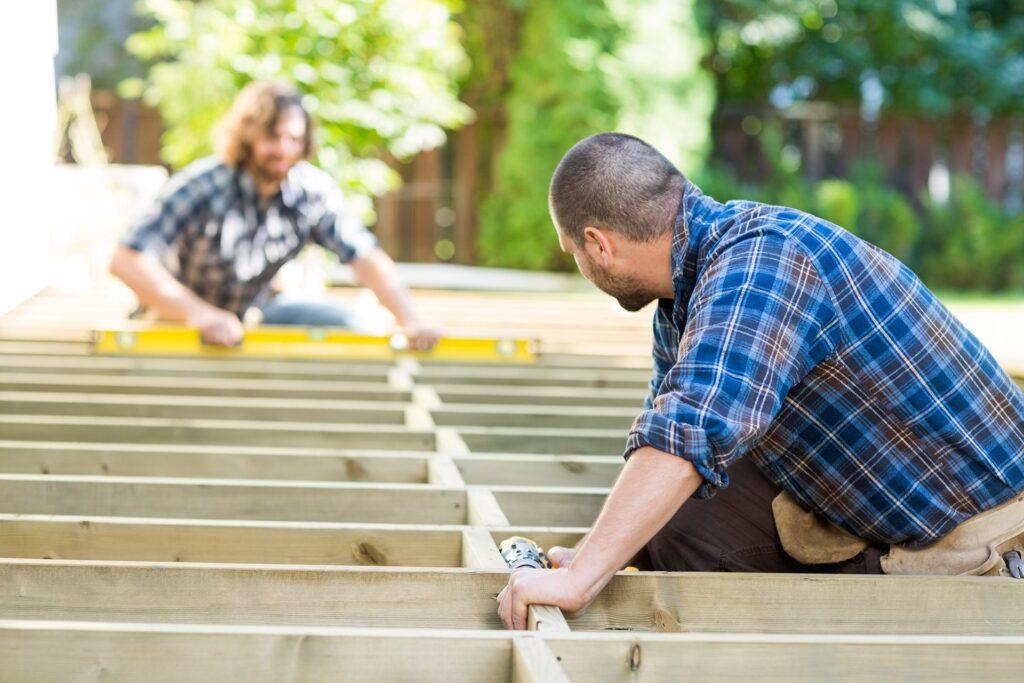
Mistake #1: Ignoring the Foundation and Structural Integrity
The long-term safety and stability of your deck depend entirely on its structure. Cutting corners here is a recipe for disaster. Think of it as the bones of your deck; if they aren’t strong, nothing else matters, making understanding its key components crucial for its long-term safety and stability.
Improper Ledger Board Attachment
The ledger board is what connects the deck to your house, making it one of the most critical components. A common and dangerous mistake is attaching it incorrectly—or worse, just nailing it to the siding. This board bears a significant portion of the deck’s weight.
- How to Avoid It: The ledger board must be bolted directly to the house’s framing, not the sheathing or siding. Use corrosion-resistant through-bolts and proper flashing to prevent water from getting behind the board and causing rot. This is a crucial step that ensures a secure connection and protects your home from water damage. For peace of mind, it’s a good practice to follow a deck safety checklist each year.
Inadequate Footings
In Pennsylvania, we experience a freeze-thaw cycle that can cause the ground to shift. If your deck’s footings—the concrete piers that support the posts—are too shallow, this shifting can cause your deck to become unstable and uneven over time.
- How to Avoid It: Footings must be dug below the local frost line. This ensures that the foundation of your deck is on stable ground that won’t move during the winter. Each footing should be properly sized to support the weight of the deck and placed on undisturbed soil.
Incorrect Joist Spacing
Joists are the horizontal boards that create the frame of your deck and support the decking boards. If they are spaced too far apart, the decking can feel bouncy or spongy underfoot and may sag over time. This is especially true for composite decking, which often requires closer joist spacing than traditional wood.
- How to Avoid It: Always follow the manufacturer’s recommendations for joist spacing for the specific decking material you are using. A professional builder will calculate the appropriate spacing based on the type of material and the design of the deck to ensure a solid, rigid surface.
Mistake #2: Choosing the Wrong Materials
The materials you choose will impact your deck’s appearance, longevity, and the amount of maintenance it requires. For an unbiased overview, many university extension programs offer guides on selecting the right materials for your climate.
Prioritizing Cost Over Quality
It can be tempting to opt for the cheapest materials to save money upfront. However, low-quality lumber is more susceptible to warping, splitting, and rotting. Similarly, when you compare wood and composite decking, it’s important to know that not all composites are created equal.
- How to Avoid It: Invest in high-quality materials from the start. While it may cost more initially, it will save you from costly repairs and replacements down the road. Remember, a quality build is also an investment that can boost your home’s value.
Material Comparison: Wood vs. Composite
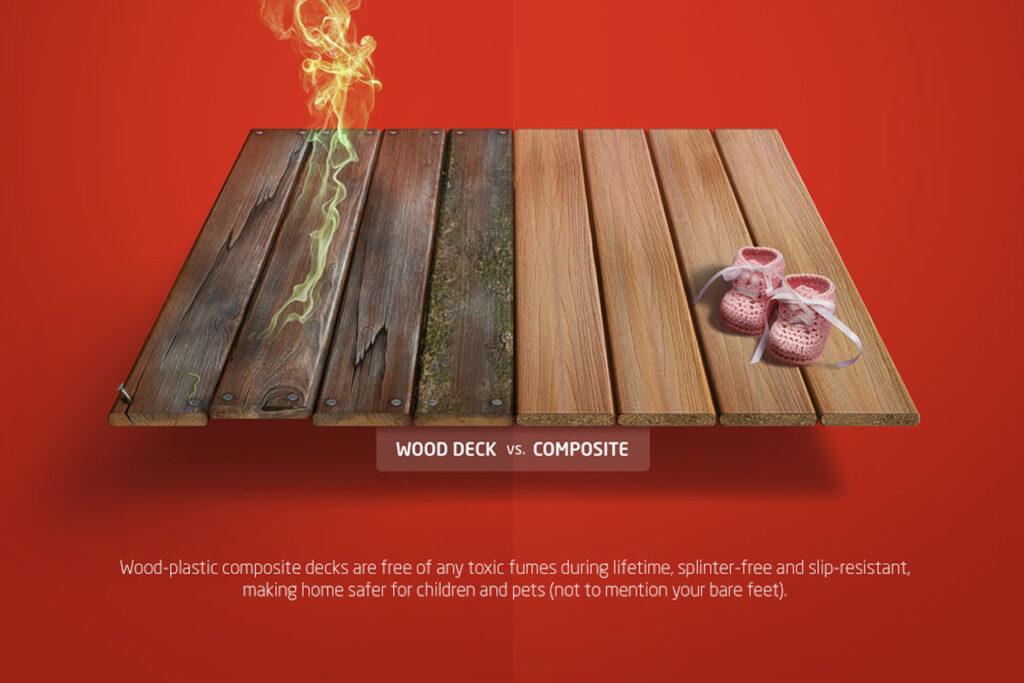
To help you decide, here’s a quick comparison of the most common decking materials:
| Feature | Pressure-Treated Wood | Cedar/Redwood | Composite Decking |
| Initial Cost | Low | Moderate | High |
| Maintenance | High (staining, sealing) | Moderate (sealing) | Low (cleaning) |
| Lifespan | 10-15 years | 15-20 years | 25+ years |
| Appearance | Natural wood grain | Rich, natural color | Variety of colors/styles |
| Pros | Affordable, readily available | Naturally resistant to rot/insects | Durable, low maintenance |
| Cons | Prone to warping, splintering | Softer wood, can scratch easily | Higher upfront cost |
Mistake #3: Flawed Design and Planning
A great deck is more than just a platform; it’s a functional extension of your home. A great deck always starts with a great deck design. Poor planning can result in a space that is awkward, uncomfortable, and underutilized.
Ignoring How You’ll Use the Space
One of the most frequent deck errors is not thinking through the layout. Homeowners end up with a deck that’s too small for their patio table or has poor traffic flow, making it difficult to move around.
- How to Avoid It: Before you build, think about how you plan to use the deck. Will it be for dining, lounging, or both? Measure your outdoor furniture and map out where everything will go. This process of mapping everything out is a key part of transforming your backyard with a new deck. Ensure there is enough room for walkways and for people to comfortably pull out chairs.
Forgetting About Sun and Shade
A deck that bakes in the hot afternoon sun without any shade will be unusable for much of the day. Similarly, a deck that’s always in the shade may be too cool or prone to mildew.
- How to Avoid It: Observe how the sun moves across your yard throughout the day. Plan the deck’s location to take advantage of sun or shade, depending on your preference. Consider adding a pergola, awning, or another shade structure to your design to make the space more comfortable.
Mistake #4: Skipping Permits and Ignoring Building Codes
This is a non-negotiable. Understanding the requirements for deck building permits is a critical step. Failing to obtain the proper permits or follow local building codes can lead to fines, legal trouble, and even an order to tear down your newly built deck. It can also create major issues when you try to sell your home.
- How to Avoid It: Always check with your local municipality to see what permits are required for your project. A professional deck builder will be familiar with the local codes and will handle the permit process for you, ensuring that every aspect of your deck is built to meet modern building safety standards.
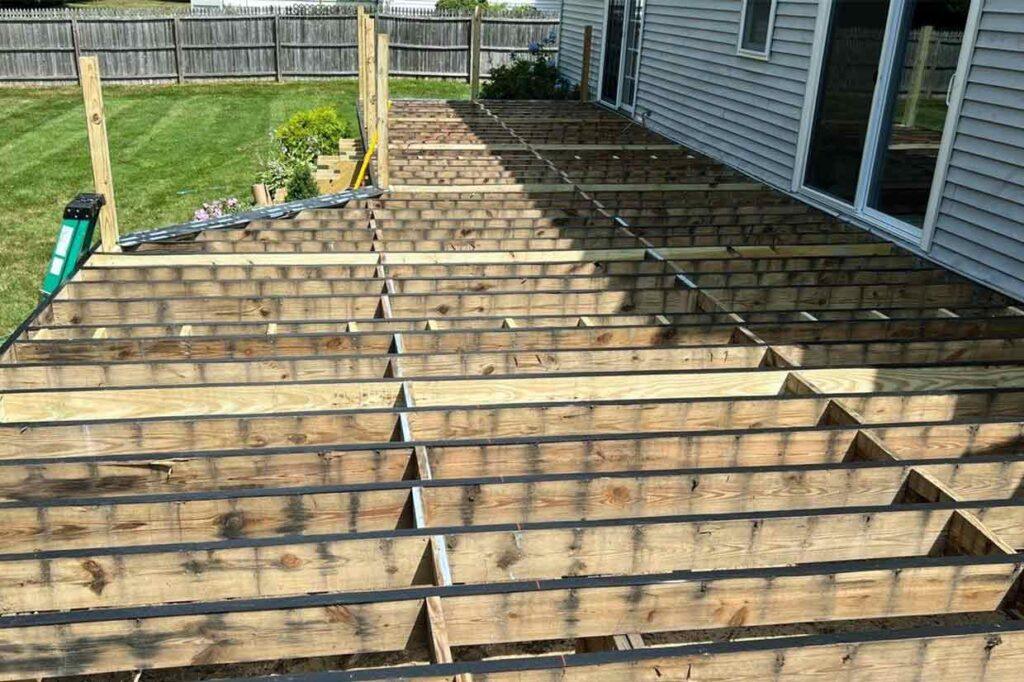
Build It Right, Enjoy It for Years to Come
Building a deck is a significant investment, and avoiding these common deck building mistakes is key to protecting that investment. From a solid foundation to a well-thought-out design, every step is crucial for creating a beautiful, safe, and durable outdoor space.
If you’re feeling overwhelmed, that’s where we come in. At Bucksmont Decks, we have the experience and expertise to guide you through the entire process, from design to completion. We’ll make sure your deck is built to the highest standards, so all you have to worry about is how you’re going to enjoy it.
Ready to build the deck of your dreams without the stress? Let’s talk about your project—request a free estimate today!

